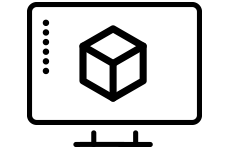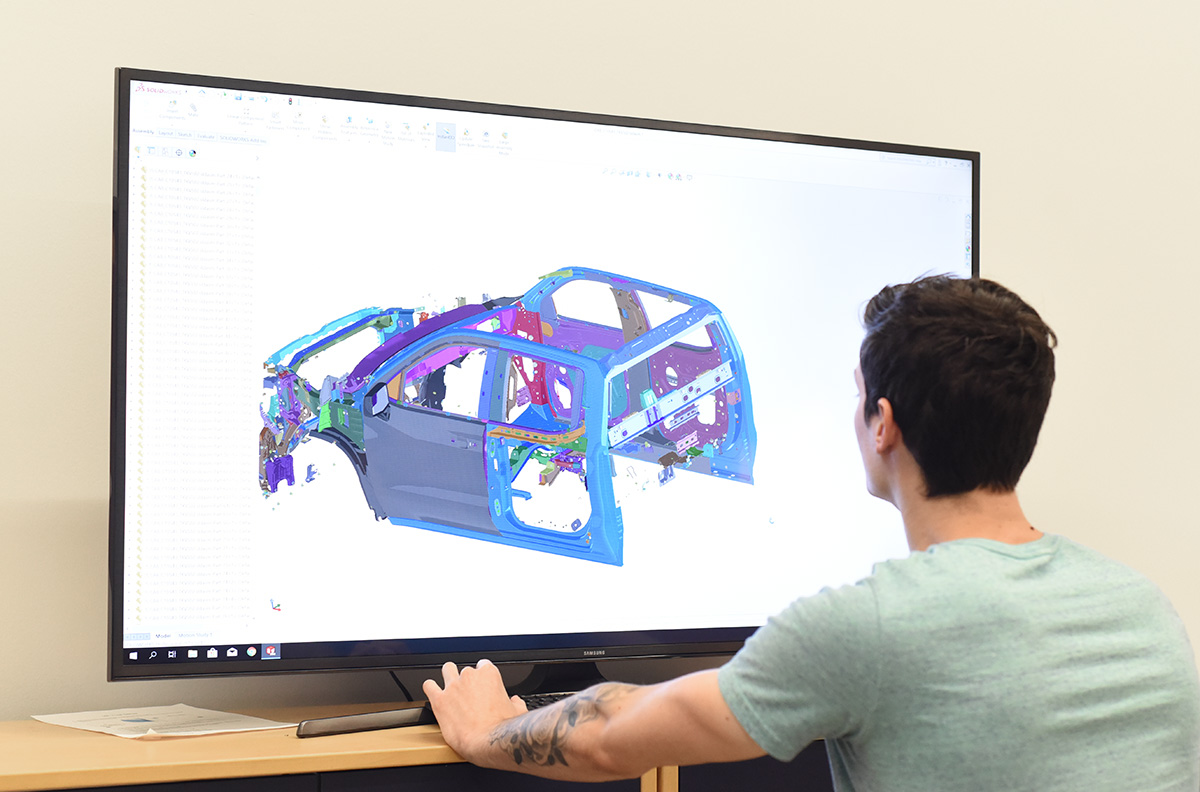

Smarter Product Development


While CAD has had a major influence on many industries, it has been particularly revolutionary in product development. Using digital methods of design over more traditional analog techniques has helped to streamline the design process while reducing the amount of physical waste traditionally associated with a pen and paper design process.
There are many advantages to using CAD for product design such as: accuracy, concept refinement, assembly strategy, and analysis. It also gives our designers a powerful tool for explaining their ideas and concepts to ensure the design exceeds the client’s expectations.
Freeform Surface Modeling.
We understand what it takes to create a feasible design and we pride ourselves in our ability to not only bring a concept sketch to reality but also ensure the original design intent is not lost when manufacturing constraints are met.
We create all of our designs using a combination of Autodesk Alias and Solidworks software. Our models range from conceptual shells to Class-A production parts. Class-A surface is a term used in most in automotive design scenarios to describe high quality production ready surfacing. It means the surfaces are clean and smooth, reflective surfaces have no distortion of light, and the modeling tolerances meet strict production requirements.


Tool Ready Designs.
CAD’s viability in the design world extends well beyond its ability to help designers realize visions at the conceptual phase, through the production of 3D printed parts and photo-realistic 3D renderings. Recent developments have made CAD software a reliable tool for bringing these initial 3D concepts to the point of total production readiness.
A major reason for CAD’s newfound production readiness is that most CAD software can now provide detailed information on part breakups as well as material relationships and tolerances, even going as far as to perform virtual stress tests on different materials and part thicknesses. Now that CAD can perform these virtual stress tests, as well as tests on fluid dynamics and finite element analysis, product designers can essentially allow their virtual 3D models to act as functional prototypes, eliminating the need for costly and time consuming prototype production and analysis. These advancements in CAD technology mean that going directly from 3D virtual model to real world finished parts is closer than ever to being a reality.
Complete Product Lifecycle.
At Tangent we know that when a product design leaves our studio, it’s life cycle is just beginning. Innovations in CAD software now mean that we can go beyond designing a part for just customer and client needs, allowing us instead to consider a part’s entire lifecycle from manufacture to usable lifespan all the way to disposal and recycling.
Thanks to CAD software’s broad range of capabilities, product development is now more well rounded and all encompassing than ever before, allowing companies like Tangent to consider life-cycle, usage and user experience, and tooling constraints in way’s that would have never been possible even just a few years ago. CAD’s scope is only expanding, leading to more innovative products and smarter product development.
